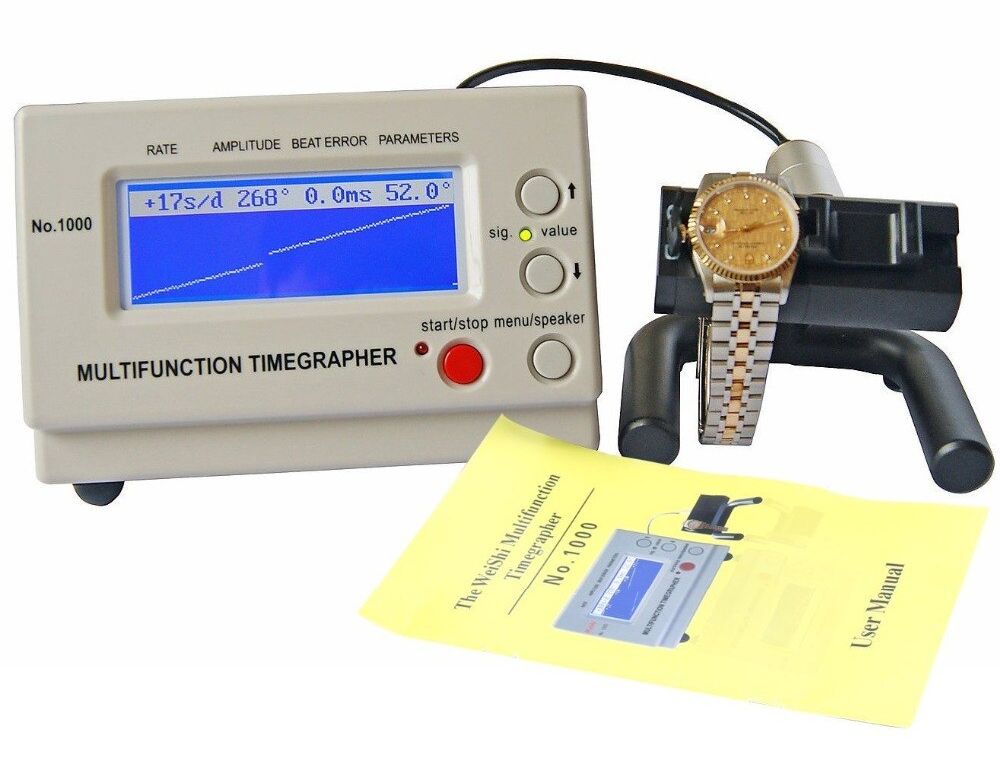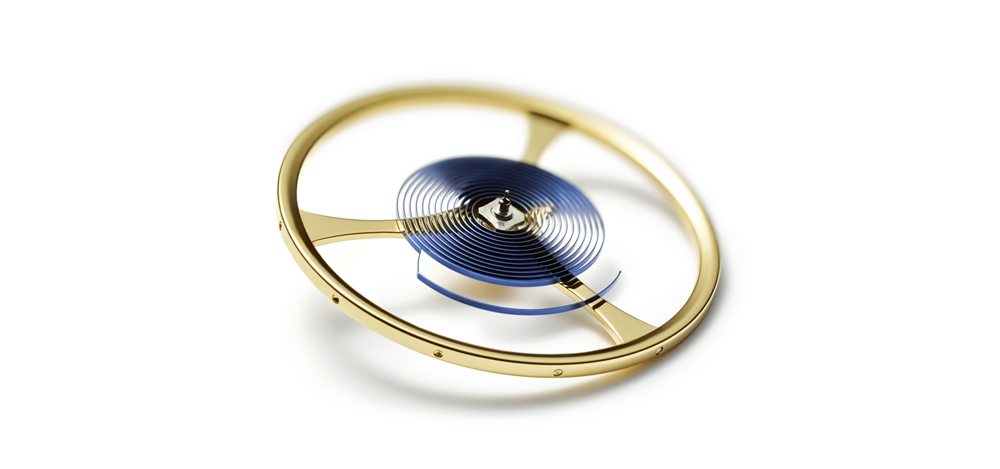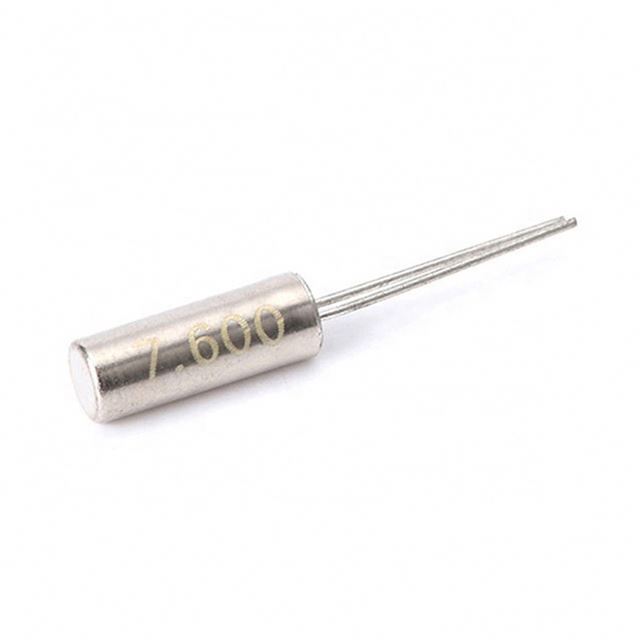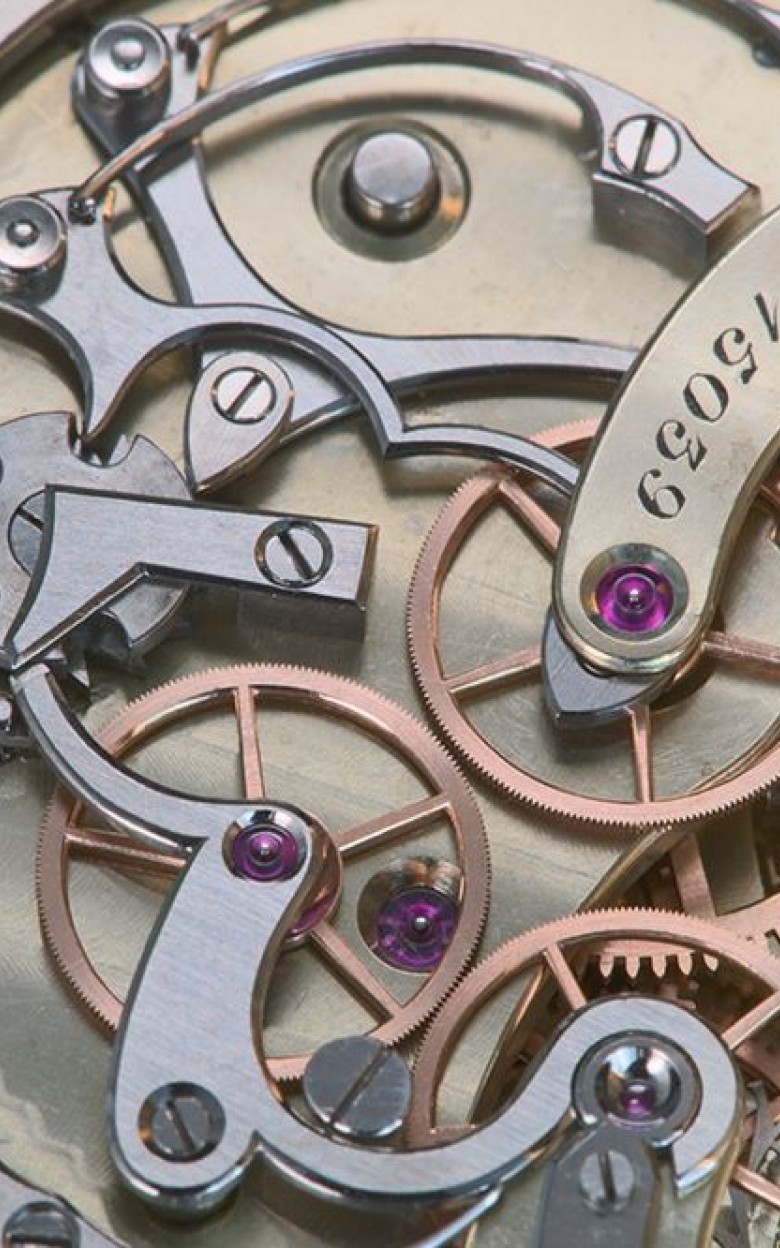On the accuracy of wrist watches
- 20.08.2019
-

When we talk about accuracy, we mean with some acceptable error deviation from the reference time. For a mechanical watch is characterized by the deviation within the -40/ 60 seconds per day for quartz – /-20 seconds per month. Some models are equipped with a chronometer that makes them very accurate. Mechanical equipped with them can only deviate by -4/ 6 seconds a day, quartz on /-5 seconds per year.
In this article we'll talk about what the accuracy of watches, we will understand how to measure it and adjust and consider how the mechanisms of mechanical and quartz models, which brands are most reliable for a given parameter/
As measured by accuracy in a wristwatch, setting
To measure the accuracy using several methods. The first is to synchronize by checking the time of the reference, for example, in the Internet at the exact time. A day later, need to see how many made up the difference. This technique is ideal for those who do not have the ability to return the watch to the master and although she is not the most accurate, but a margin of error to identify will allow.
Another makeshift method that is unlikely to be better than the previous one, involves the use of a digital stopwatch. For this you need to detect the gap in ten minutes and multiplying the resulting figure deviation by six, it will measure the error of the accuracy of the 60 minutes.
Professional watchmakers use tailgater is a device to check the accuracy of mechanical and quartz movements. You can also find it in some online shops don't have to choose expensive model, you can look at the budget segment. This instrument shows frequency, building on the graph screen of dots.

Precision mechanical watches
 For the accuracy of a mechanical watch is responsible node-balance. In different models size and weight balance, as well as the frequency of oscillation may vary (2.5 to 5 per second). The larger the moment of inertia and frequency, the higher the precision.
For the accuracy of a mechanical watch is responsible node-balance. In different models size and weight balance, as well as the frequency of oscillation may vary (2.5 to 5 per second). The larger the moment of inertia and frequency, the higher the precision.
The standard of accuracy for mechanical models male -20 to 40 seconds a day for women mechanisms of smaller sizes – from -60 to 85 seconds per day. Accordingly, when reducing the size of the model becomes impossible to put inside the balance of a big size, so the accuracy is reduced. In addition, changing the size of the mainspring, therefore, the balance receives from her less energy. The friction mechanism does not change.
In Russia and some CIS countries there is a GOST 10733-98governing the General technical requirements for fine timepieces.
What can affect the accuracy of a mechanical watch:
- Temperature. When heated, the diameter of the balance is changing, which affects the accuracy of the displayed time. Now there are materials that are less susceptible to temperature effects, for example, an alloy of niobium and zirconium, premium manufacturers prefer to use them;
- The position in space. If you want the position does not affect accuracy, look for marked "Ajusted for 6 position";
- Quality. The cleaner the surface treatment of parts in the mechanism, the lower the friction and, consequently, less energy loss;
- Deterioration. If time does not lubricate the mechanism, the parts wear out faster;
- Spring. Periodically show the clock master, it will check whether the spring is unwound or, conversely, opened.
Helpful hint: if the difference in time exceeds the allowable standards, you should refer them to specialized repair, as a simple adjustment in this situation would be enough.
The accuracy of quartz watches
For quartz models, highlight the following list of factors affecting accuracy:

- The frequency of the generator. Fitted as standard generator (quartz resonator) with a frequency of 32 kHz. Also, there are high-precision clock with a frequency of 1 MHz. When the maximum deviation is not more than five seconds in a year, they have a significant drawback: the battery will have to change every year, as the generator with such frequency consumes more energy. Standard models serve as one battery is 2-4 years. The third option is a watch with a frequency of 144 kHz, they work without battery replacement for up to ten years, the annual error is about twenty seconds;
- Temperature has such a strong influence on quartz movements, as mechanical, nevertheless, can create a slight deviation;
- The "old" crystal can provide a small but not significant impact.










